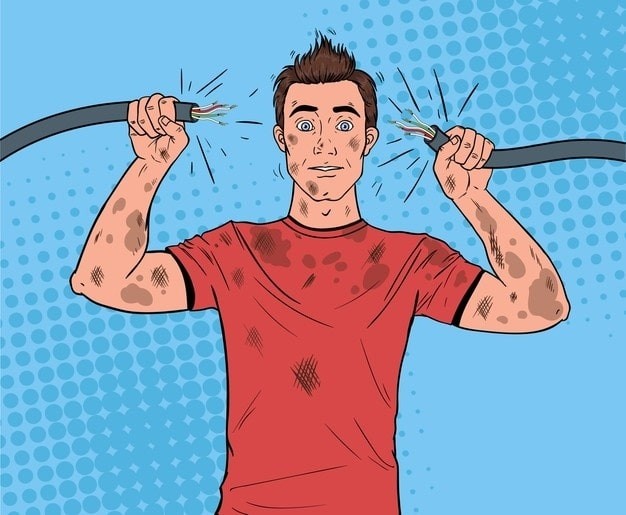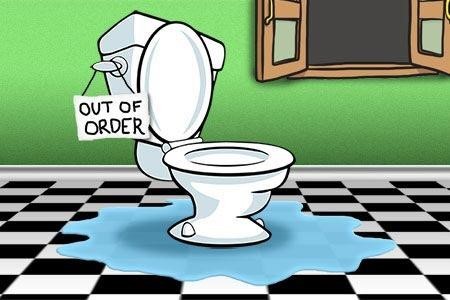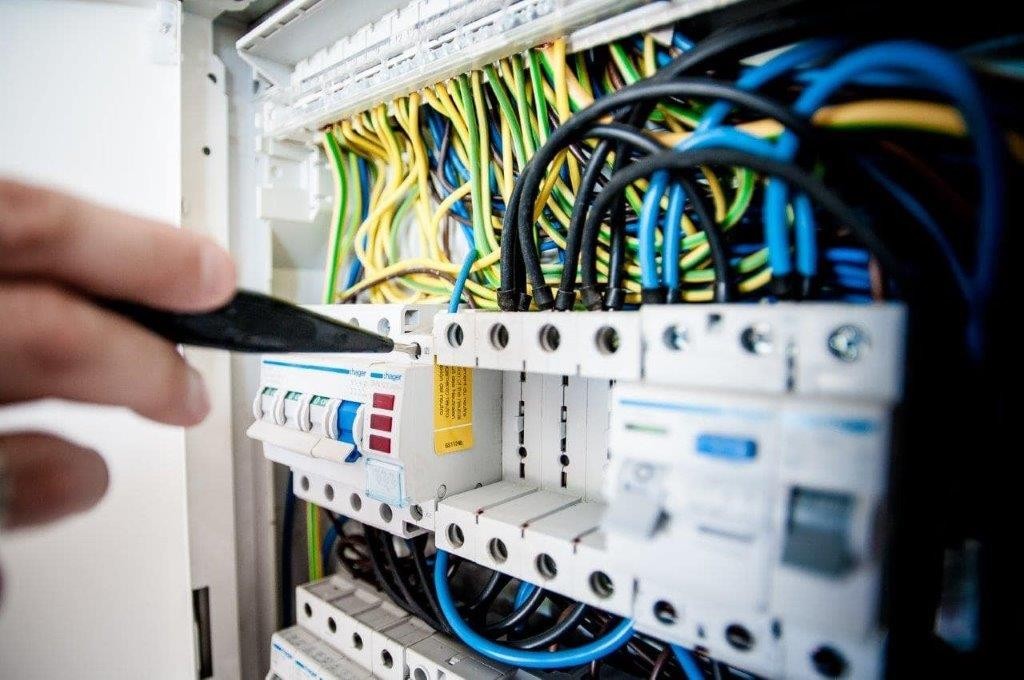
Tips to Electrician For Electrical Wiring
Wiring is one of the dangerous jobs, one little mistake and it is the matter of life and death. This is also the reason most people are afraid to even touch wires or charging ports. Wiring is not always dangerous especially when handled carefully. All you need to know is the basics and essential steps and you can be the technique of your house. Electricity has been a basic need for human beings.
This article covered Electrician basic and lifesaving steps and tricks that would certainly erase your fear of wiring.
But first, let’s look at the basic tools that Electrician might need:
List of electrical tools
1. Continuity, resistance, and voltage tester
The main function of this 3-in-1 battery-powered testing tool is to measure the resistance of the circuit, AC/DC voltage testing, and check the continuous circuit. For an Electrician, checking the regularity of current flow in the wire is required because they have to work with it.

2. HeadLamp or torch
Since you are working on the wires, it’s obvious that the electricity will be out, so carrying a good battery-powered light will be a wise decision. An electrician has to work in the dark during maintenance, so a headlamp or torch is a must.

3. Longnose pliers
Be it bending & twisting wires, bend loops & wires, grip small objects, reach awkward places, and attach wires, long nose pliers do it all.
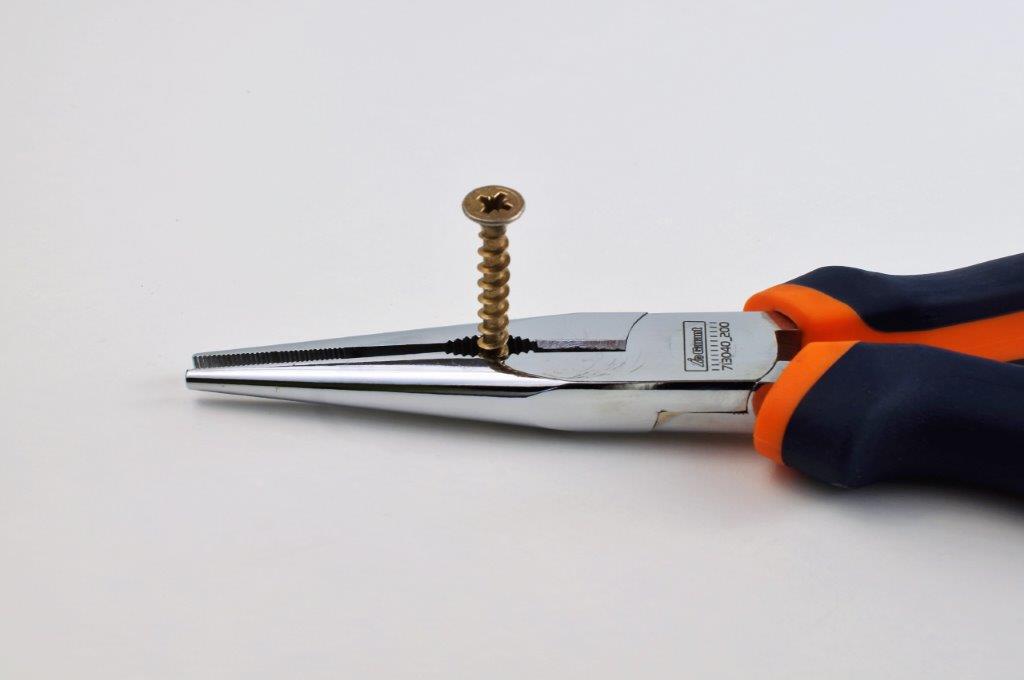
4. Side cutters or snips
This is the best tool to cut the cables of any shape to an exact length. An Electrician must have this tool because they have to cut wires of different shapes and sizes.
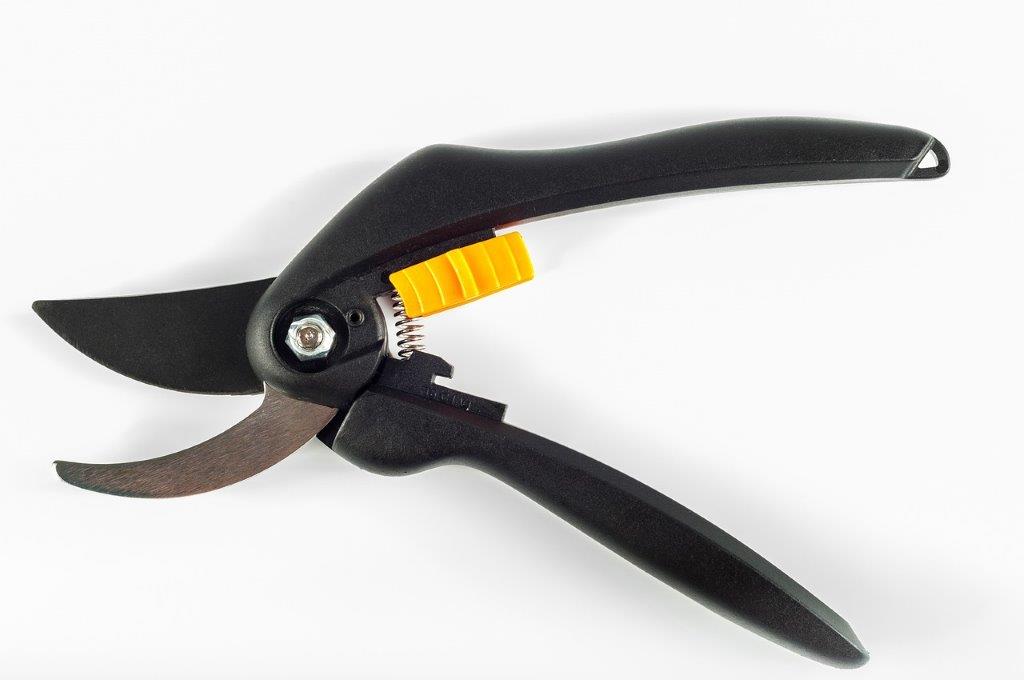
5. Socket template
You will be installing sockets at different places at your home. And the socket template gives easy access to drill through on a wall.
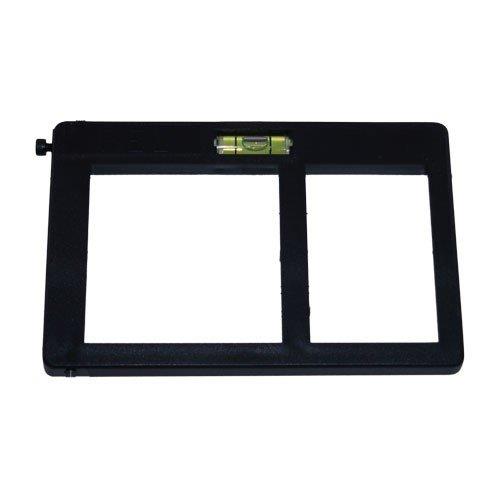
6.Socket tester
An essential tool to check whether the circuit is dead. This is a safety measure you should follow anytime you are working with live electricity wires. In addition, the socket tester also gives you information on whether the socket is wired correctly. A basic or Electrician must important small tools to have with them.
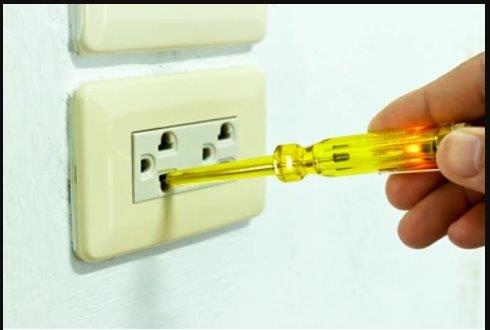
7. Voltage tester
The main tool to test whether a lighting circuit is dead or not. This voltage tester helps the Electrician because the searching dead area in the wire is really difficult.
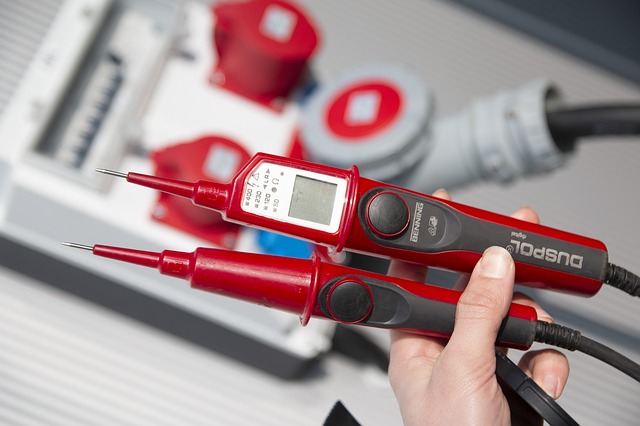
8. Wire strippers
A small hand-held device is used especially to remove the insulation from cables and electric wires. Without Wire strippers also the Electrician does the work but this minimizes the time period.
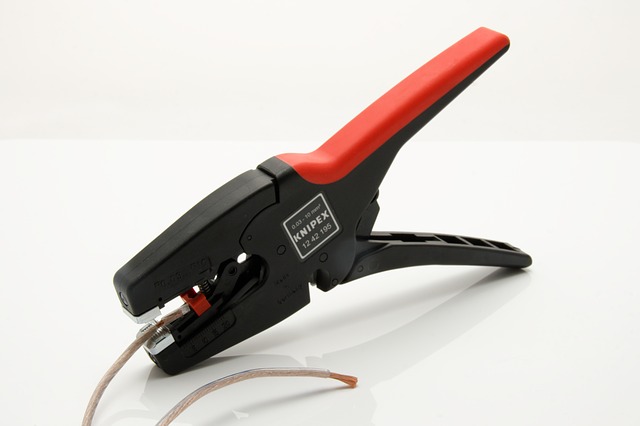
These are the basic guidelines and tricks followed by expert technicians for years. So, please be patient and read through carefully.
1. Power Tests
Before you touch any wires, the first step you should follow is to check all the power circuits, turn them off and recheck.
Even expert technicians have often become the victim of electric shock because some wiring is connected to another circuit.
Even if you are working on a particular wire, make sure all the connected power circuit boards and main switch are all turned off.
The other important thing to consider while wiring always has someone near you, in case some accident happens.
What to do in case of Electric Shock?
Step 1:Turn off the main power source and separate the victim from the current source.
Step 2:In case you cannot reach the power source, do not touch the person with your bare hand, especially when wet. Find something dry such as a wooden or plastic broom handle, chair, or any non-conductive objects, and separate the person from the source.
Step 3:Perform CPR if necessary and take the person to the hospital immediately.
2. Uncoil Cable
This is where most people become confused. The easiest way to install any cables, short or long, is to straighten them first.
There are certain techniques to make them straight, we have chosen the easiest one for you:
Grab the cable from the center of the coil, a handful of them, and throw the cable to a distance like you throw any rope.
No slowly untangle the wire and you should be good to go.
3. Amperage Rating
Before you install or change any wires, it’s a wise decision to maintain the appropriate amp rating for all the circuits you are working on.
Amperage Rating, also known as Amp must be checked to prevent any fire hazard and possible electrical shock.
Some copper conductors with preferred Amps:
NM, TW, & UF WIRE
12 AWG 20 AMPS
10 AWG 30 AMPS
8 AWG 40 AMPS
6 AWG 55 AMPS
4. Grounding Wires
Grounding is the essential part of any wiring. It not only prevents electrical shocks but also avoids any fire hazards. The main aim of grounding the wires is to make a safe path for extra current to pass through. Many issues may occur when electric circuits may not work properly, in such cases unwanted currents safely pass through ground wires.
5. Boxes & Clamps
The overstuffed electrical box is a concerning issue even the experts face. Here are some tips for systematic boxing. The first step is to gather and connect all the bare ground wires along with a long pigtail. After connecting, fold them carefully into the back of the box while leaving the pigtail extended.
Now repeat the same process for neutral wires. Now fold the hot wire back and forth at the bottom of the electrical box, make sure to keep it extra long after folding. To distinguish the hot wire easily, you can put a connector cap on the hot wire. The idea of a neat and clean electrical box is to identify correct wires while working.
You May also want to Check out
1. Electrician Service in Kathmandu Valley
2. Inverter / UPS Repair in Kathmandu Valley
3. Bathroom Renovation Service in Kathmandu Valley
4. Plumbing Service in Kathmandu Valley
